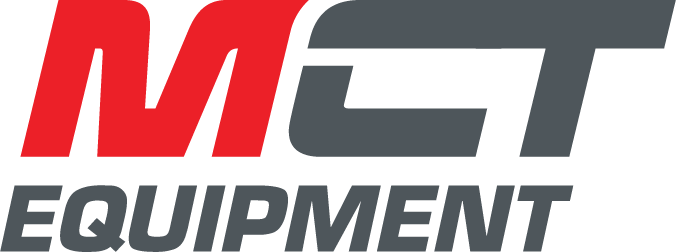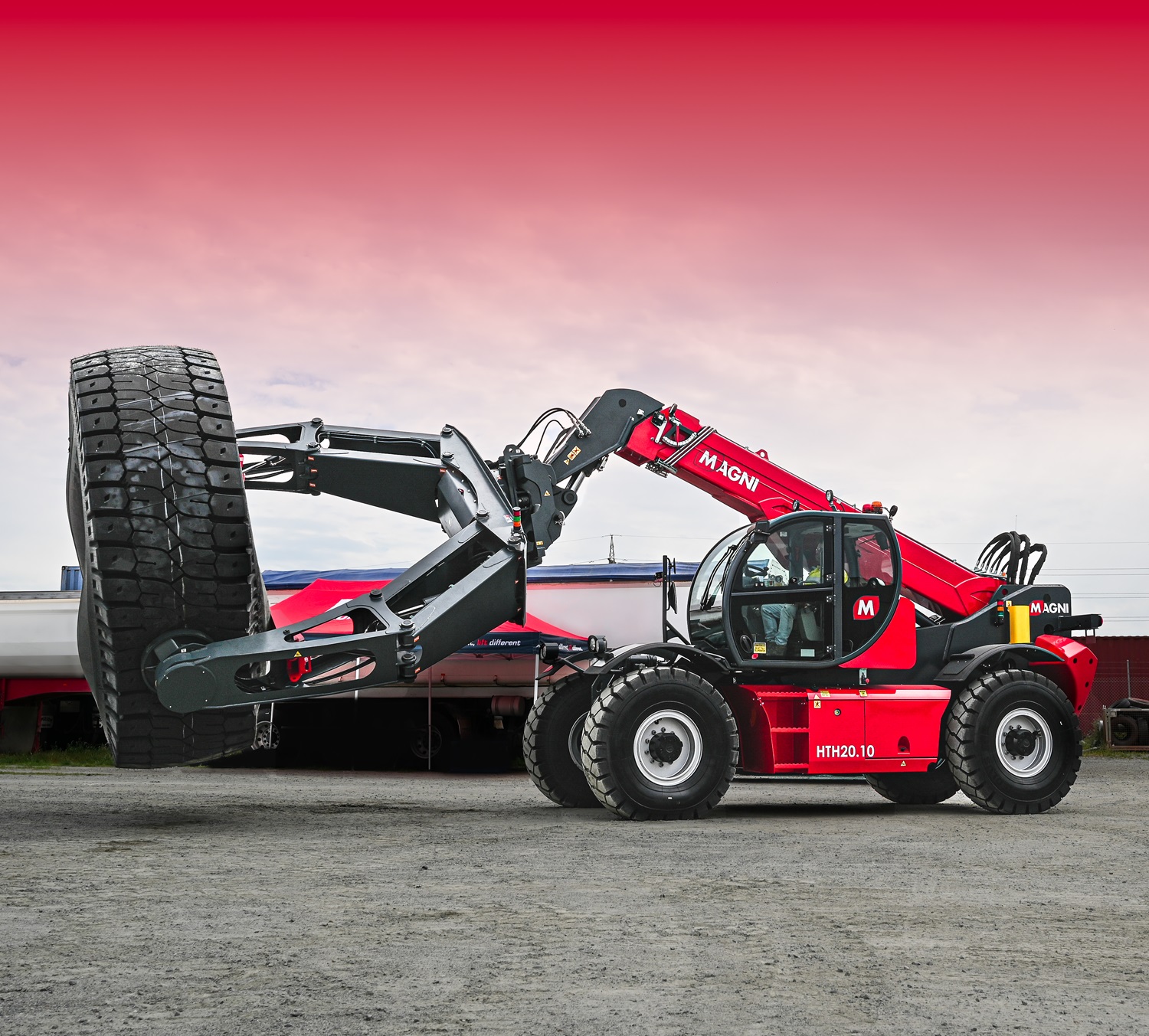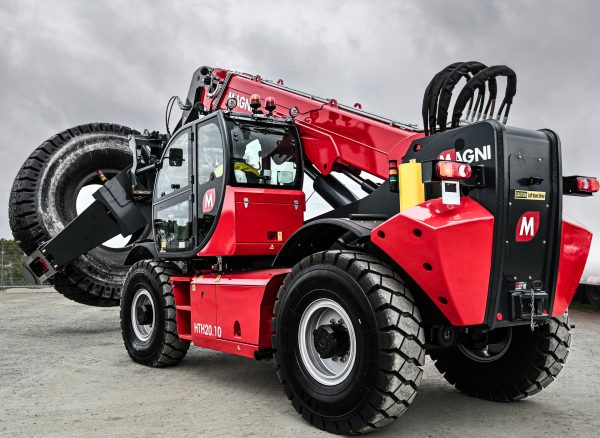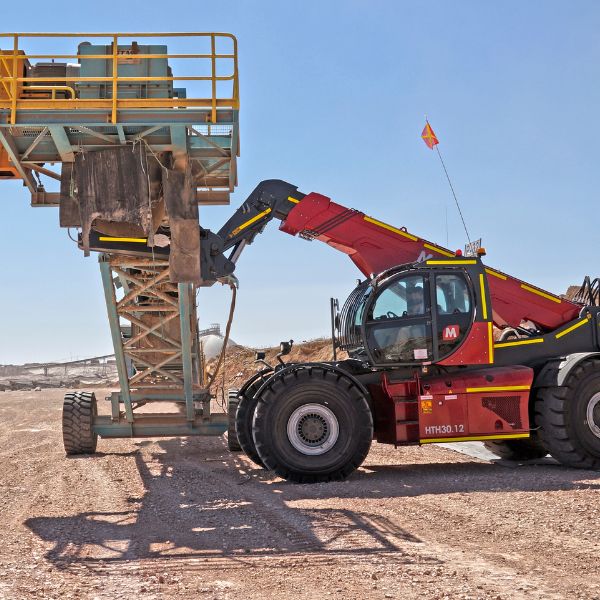Rotating vs Fixed Magni Telehandlers: Which One Is Right for Your Project?
If you’re deciding between a fixed or rotating Magni telehandler, understanding their core differences is essential. Each machine offers specific strengths suited to different applications, and the right choice can significantly impact site efficiency, safety, and overall cost.
This guide breaks down the key differences, benefits, and use cases to help you choose the most appropriate option for your project or fleet.
Why Choose Magni Telehandlers?
Magni is recognised globally for manufacturing high-performance telehandlers with innovative features, high lifting capacities, and strong safety systems. Known for their durability and versatility, Magni machines are widely used across construction, agriculture, infrastructure, and industrial sectors.
There are two main types to choose from:
- Fixed telehandlers, designed for stable, straightforward lifting tasks
- Rotating telehandlers (RTH), built for complex, multi-directional work in tight or vertical spaces
Understanding what each type offers is key to making the right decision.
What Is a Fixed Magni Telehandler?
A fixed Magni telehandler is a non-rotating model. It features a telescopic boom that moves vertically and extends forward, but the base remains stationary. This design offers simplicity, excellent load stability, and lower costs—making it ideal for standard lifting operations.
Key Features:
- Telescopic boom with up-and-out movement
- Fixed chassis for greater load stability
- Easier to operate, with lower training requirements
- Fewer moving parts, leading to simplified maintenance
Best Use Cases:
- General construction on open sites
- Material transport across yards or farms
- Agricultural operations (feed, hay, bulk materials)
View available models:
Magni Telehandlers – All Models
What Is a Rotating Magni Telehandler (RTH)?
Rotating Magni telehandlers feature a 360-degree rotating turret, allowing the boom to rotate while the chassis stays in place. This design provides significant flexibility in confined or complex job sites and allows one machine to perform multiple roles—crane, access platform, and forklift.
Key Features:
- Full 360° turret rotation
- Remote control functionality for safe operation
- Can be fitted with a wide range of attachments (man baskets, hooks, winches)
- Advanced safety systems and load sensors
Best Use Cases:
- Multi-storey construction or high-rise builds
- Infrastructure and tunnel works
- Urban sites with limited manoeuvrability
- Situations requiring frequent repositioning of the boom
Explore the RTH range:
Magni Rotating Telehandlers (RTH)
Side-by-Side Comparison: Fixed vs Rotating Magni Telehandlers
| Feature | Fixed Telehandler | Rotating Telehandler (RTH) |
| Boom Movement | Vertical + extension | 360° rotation + extension |
| Operator Training | Basic | Intermediate to advanced |
| Ideal Use | Open sites, material transport | Confined sites, complex lifting |
| Cost | Lower | Higher upfront, more versatile |
| Attachments | Limited (forks, buckets) | Extensive (baskets, winches, hooks) |
| Setup Time | Minimal | Slightly longer (levelling, outriggers) |
How to Choose Based on Your Application
The right Magni telehandler depends on your site conditions, budget, and operational needs. Use the scenarios below as a quick guide:
Recommended by Industry and Task
Construction:
- Working in tight city environments or vertical builds → Rotating
- Single-level or basic loading tasks → Fixed
Agriculture:
- Transporting hay, feed, or bulk materials → Fixed
- Farm maintenance requiring elevated work → Rotating
Infrastructure and Mining:
- Shaft or tunnel work → Rotating
- Material movement on large, flat sites → Fixed
Ask Yourself These Questions Before Choosing
- Is your site space-restricted or multi-level? If yes, a rotating model offers better functionality.
- Do you need one machine to perform multiple roles? A rotating telehandler can replace several machines.
- Is ease of use and budget more important than flexibility? A fixed telehandler may be more suitable.
Want to Save? Consider Used Magni Telehandlers
For those looking to minimise capital costs without sacrificing performance, buying a used Magni telehandler is a smart alternative. Both fixed and rotating models are available in the second-hand market and are often well-maintained with low operating hours.
Benefits of Buying Used:
- Lower purchase price
- Faster delivery (no manufacturing lead time)
- Proven reliability
- Opportunity to expand capabilities by adding attachments over time
Learn more about our used heavily lifting equipment.
Still Unsure? Speak With a Magni Equipment Specialist
Selecting the right Magni telehandler is a significant decision that depends on technical requirements, job site conditions, and long-term goals. Our team at McT Equipment can help you evaluate your options and choose the best solution for your project.
We offer personalised consultations, equipment demos, competitive quotes. Get in touch today!



